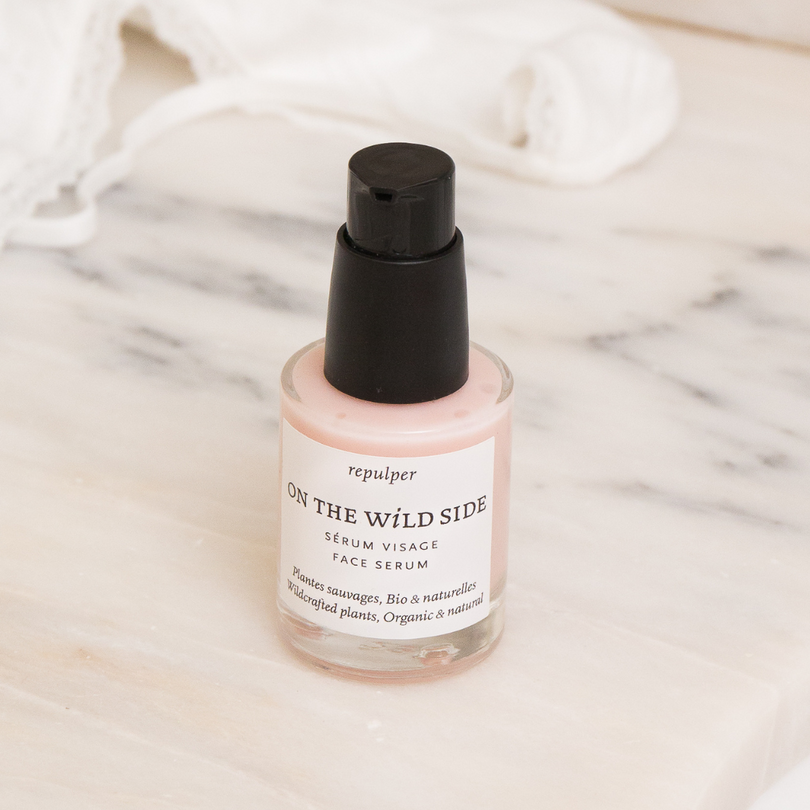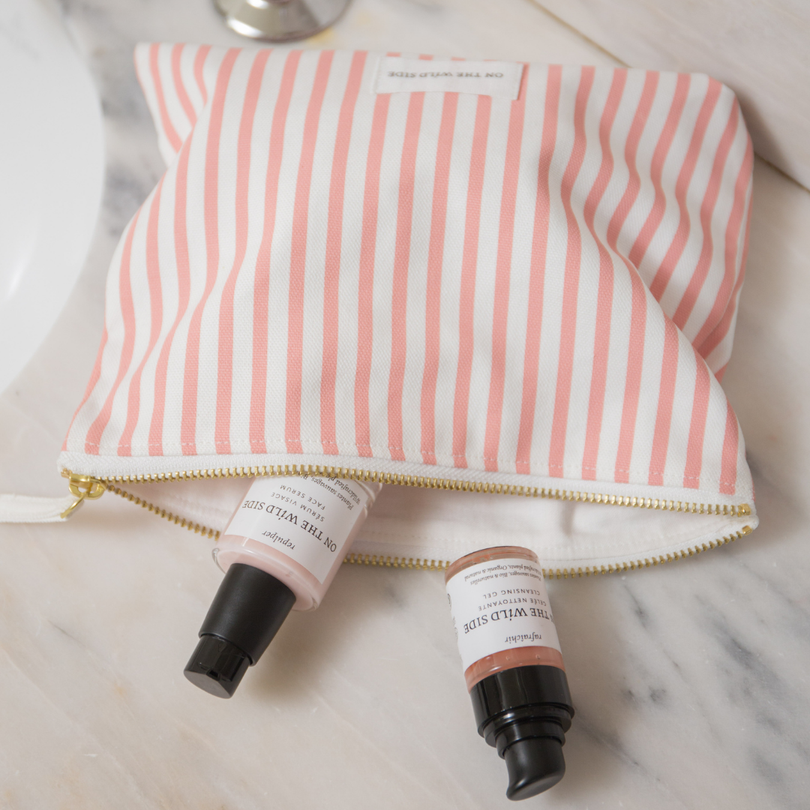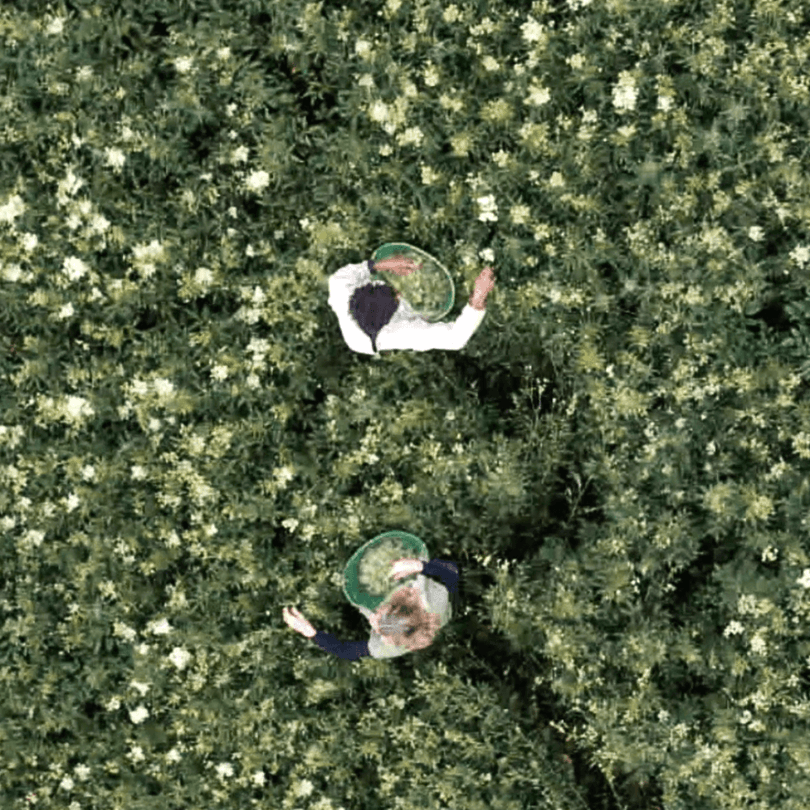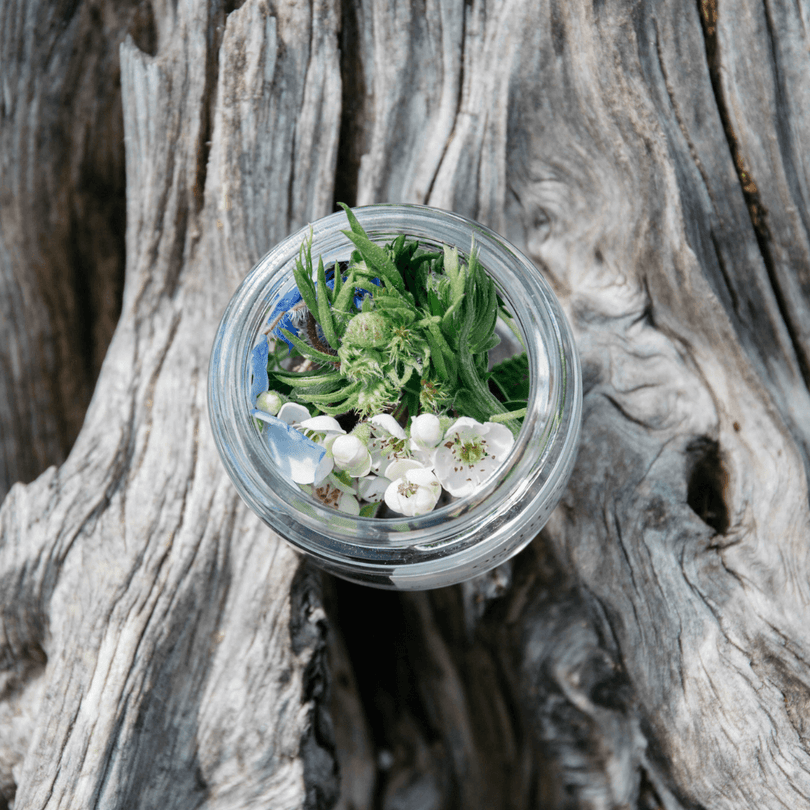A few weeks ago, we had the pleasure of welcoming Chiara Russo, editor of the blog @bacididama , to our Instagram account for a LIVE cooking session.
After discovering her gluten intolerance, she became passionate about sharing quality gluten-free recipes inspired by Italian cuisine, her encounters, and her travels. It was during this virtual meeting that she presented us with her delicious plant-based risotto recipe.
We invite you to revisit this moment full of flavors with this written summary.

Spring Rose Risotto
Recipe for 2 people
For this recipe, you will need:
- 160g of Carnaroli variety rice
- 1.5 liters of homemade vegetable broth
- 70 to 80g of peas and beans
- About ten green asparagus heads
- 3 tablespoons of extra virgin olive oil with rose (or regular)
- 60g of Parmigiano Reggiano, 24 or 36 months old, grated in advance
- Flat-leaf parsley leaves
- Salt and freshly ground pepper
1. The broth
To make this dish a success, you should prepare your own broth, ideally the day before or in the morning of the risotto. Making your own will always be better, and the preparation is very simple.
For this spring recipe, vegetable broth is recommended: it is milder and lighter than meat-based broths.
In a large saucepan, add 2 liters of water, a nice yellow onion, medium-sized carrots, celery stalks, a few potatoes, and salt.
Cook the broth over low heat for a good hour, then set aside.
2. The ingredients
Let's start by gathering all the ingredients.
Peel the beans and peas.
Remove the beans from their skin to remove the bitterness.
Cut off the asparagus tips and set aside.
Grate the Parmigiano Reggiano.
Heat the broth: it should be lukewarm when added to the rice.
Little tip
Keep the asparagus stalks - you can steam them for a few minutes, mix them with salt, pepper, garlic, pumpkin seeds and you will have a nice salsa to garnish another dish the next day.
3. The " Tostatura "
Take a saucepan with a non-stick base and heat it.
Add the rice and the toasted rice, stirring for 3-4 minutes. Don't hesitate to touch it: when you feel the grain is hot, it's ready.
We move on to the next step, we add a little broth, we lower the heat and we begin to cook our risotto very gently so as not to damage the beautiful grain of the rice, its taste, its texture and its precious nutrients.
4. Cooking
Cooking risotto requires patience and time. You must stir it occasionally, very gently, and check that it doesn't stick to the bottom of the pan.
The broth should be added little by little and absorbed by the rice until it is cooked to the desired consistency. The rice should be monitored and tasted from time to time until it is cooked.
Also check if there is a need to add a little salt, but not too much because we will add the Parmiggiano at the end which already contains a good amount of salt.
The consistency of the risotto should be creamy, all'onda as they say in Italian. This means that you can make waves with the risotto when you stir it in the pan. This technique is what will give you the result; the rice will gently release its starch and the onda (wave) will form naturally, without the addition of fat.
Keep some warm broth aside for the next phase... The " Mantecatura "!
5. The Mantecatura
When the risotto is cooked, turn off the heat and place the pan on your work surface.
Now you are ready for the "Mantecatura" which consists of gradually adding the Parmigiano Reggiano and extra virgin olive oil.
Mix until completely incorporated into the rice.
Add a little warm stock if necessary to obtain a creamy risotto.
Sprinkle with herbs as desired, a few shavings of Parmigiano and...
Enjoy your meal!










